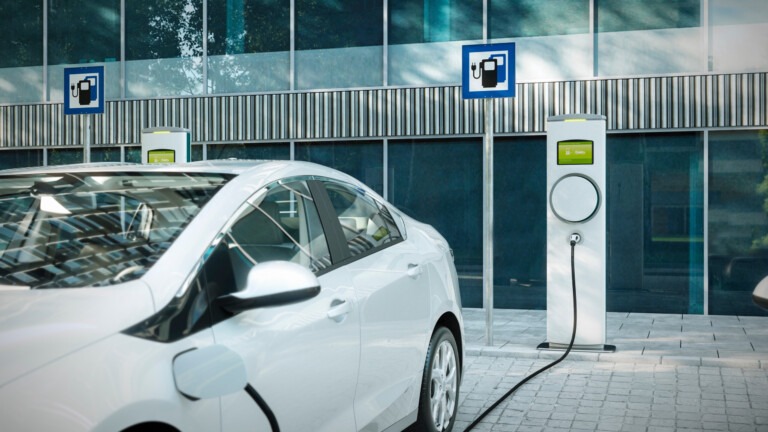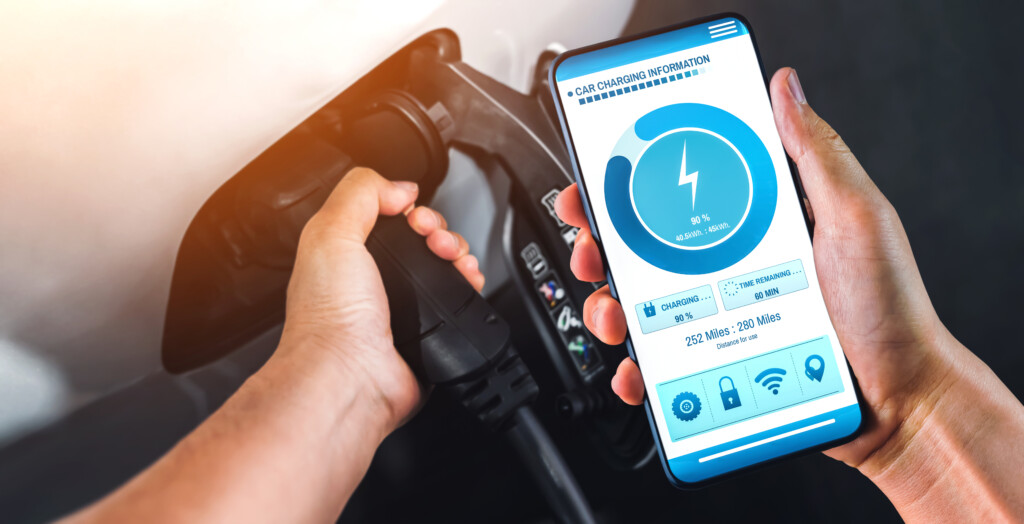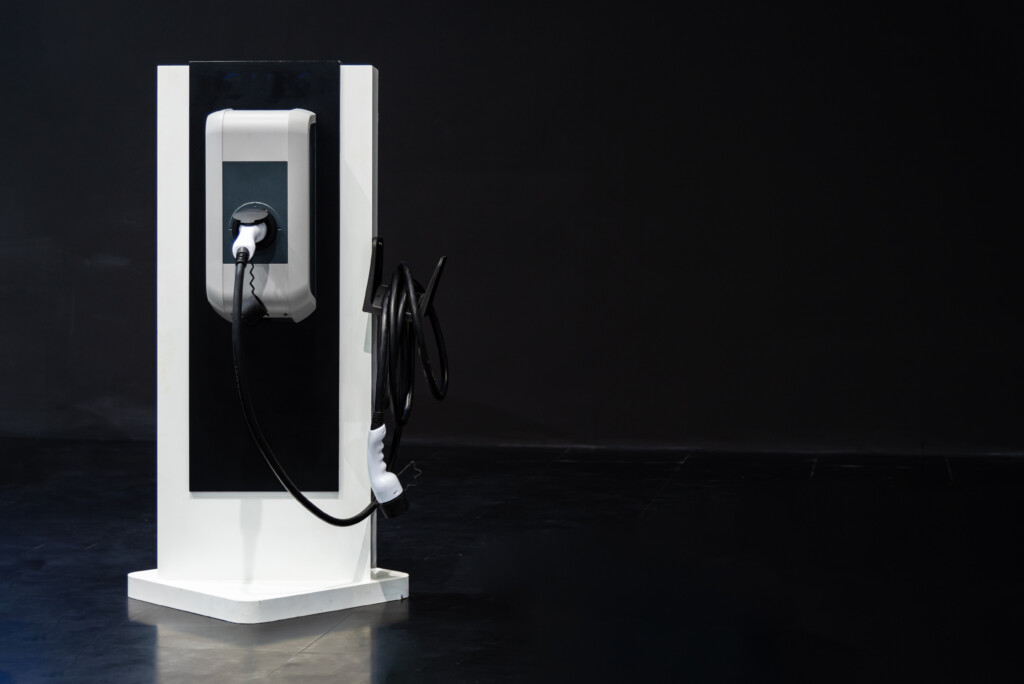What is OCPP and Why is it Important for EV Charging Solutions?

Though the process has been more measured than many environmentalists would hope, EV adoption rates have been trending upward in recent years. Thanks to buy-in from both the automotive industry and international governments, EVs accounted for about 9% of global car sales in 2021 – a considerable jump from the 4% recorded in the previous year.
As investors and consumers continue to research electric vehicles, they may come across some terms that may not immediately resonate with the uninitiated. One term that individuals looking into EV Charging infrastructures are likely to come across is OCPP, so let’s look at what it means.

What is OCPP?
OCPP stands for Open Charge Point Protocol and is an open application protocol used to connect EV charging stations to a central management system. It transmits data from chargers in the field that is essential for billing and maintenance, as well as the usage rates of any individual charging station, and has emerged as the premier global platform for interoperability across the EV charging community.
OCPP was created by the E-Laad Foundation to help make the most out of new and existing EV charging infrastructure by allowing for new (OCPP-compliant) operators to utilize existing equipment, rather than being reliant entirely upon proprietary charging locations. This helps to futureproof hardware installations, making charging stations more reliable for consumers.
Before the wider adoption of OCPP, many charging networks employed proprietary protocols that tethered EV owners to a particular set of charging locations – a fact that fed into range anxiety and likely slowed adoption among would-be drivers. Being open-source provides a level of freedom for customers to use nearly any network or charge station, while also opening up the market for competitive pricing, and driving further innovation among solutions providers.
As an open-source protocol, OCPP can technically work on any EV charging station, yet though it is the most popular protocol in the industry, it is not yet a standard. This means that not every EV station will be OCPP compliant, placing a potential roadblock for users reliant upon equipment not compatible with other service providers.

Not the Only Protocol to Know
Though OCPP is the most popular communication protocol in the EV charging industry, there are several others to take note of. Among these are:
- OSCP – The Open Smart Charging Protocol connects the charge point management system to an energy management system. Its main purpose is to communicate physical net capacity to the charging station operator. It also puts together an estimate of a local grid’s capacity for a 24-hour period, allowing operators to understand and update the charging profiles of EVs that can be serviced with the available power.
- OCPI – The Open Charge Point Interface is an open communication protocol that connects charge station operators to service providers. This helps make it possible for EV owners to use several different charging networks and tracks the location, pricing, and availability of individual stations. It also facilitates real-time billing data for users and operators.
- ISO 15118 – This international standard defines communication protocols between the EVs themselves and the grid. This allows vehicles to plug and charge simply by connecting the vehicle to a charger, simplifying the process of charging an electric vehicle.
- OpenADR – Open Automated Demand Response is an energy management standard used to send data and signals to shut down electrical devices (such as chargers) during periods of high demand. This is used to balance grid supply and demand while mitigating high electricity costs by ensuring that accurate data is shared between utility providers, system operators, and energy management and control systems.

OCPP Relies Upon Cellular Connectivity
In order to manage, maintain, and monitor the status of EV charging stations, OCPP-compliant charging solutions require a constant connection to the internet. Since many charging stations are located in areas not typically internet-ready, cellular connectivity is perhaps the best solution to this issue.
This constant connectivity does present a few security risks for EV charging rollouts, yet there are several ways to help limit these vulnerabilities. Some common-sense solutions include staying current on all updates and patches to deployed devices, limiting access to the public internet, and utilizing proper authentication practices to secure access to the charging network.
………..

To learn more about how to properly launch and secure an EV charging solution, check out our free webinar Taking Charge: EV Infrastructure Rollouts Done Right. We speak with Petar Georgiev from EV Solutions provider Ampeco about how to anticipate and address the operational and technical challenges that come with launching an EV charging solution.



